Diversity/Building Bridges
Although the U.S. Supreme Court case, Shelley v. Kraemer, ended state-sponsored restrictive housing covenants in 1948, private parties—including neighborhood associations in Baltimore—continued to refuse to sell to Jewish and African-American populations. That attracted the ire of Leon Sachs, the first full-time director of the Baltimore Jewish Council. (The organization traces its roots to 1939 when it was organized to help stem the rising tide of anti-Semitism.) It had continued to fight against prejudice when Sachs, who had a history of championing civil rights and equality took over and opened a dialogue with a host of disparate groups. “If there was one man who was instrumental in bringing together Jews, Catholics and Protestants and working out a program of cooperation among them in the pursuit of civil rights and social justice, it was Leon Sachs,” said Rabbi Abraham Shusterman, rabbi emeritus of the Har Sinai Congregation, upon Sachs death in 1992.
But fair housing practices weren’t the only focus of the Baltimore Jewish Council. In 1967, along with myriad local churches and synagogues, the BJC joined Maryland Project Equality to help promote equity in hiring practices. When it came to the local job market, the “Old Boy Network” was very much intact in Baltimore. Maryland Project Equality fought to break down walls in the workplace. “It’s one thing for this nation’s churches and synagogues to preach brotherhood and racial justice. It is another thing for those same religous institutions to take positive and concrete actions to end systemized discrimination in American life,” read a report from the orgranization at the time.”Project Equity is aimed at bridging the gap between preachment and practice.”
Ten years later, BLEWS (Black/Jewish Forum of Baltimore Inc.), created with the support of the BJC, was formed to promote understanding between black and Jewish communities and to work together in order to solve issues of common concern. Perhaps BLEWS most significant contribution was one of the most basic: By bringing together African-Americans and Jews for a common purpose, the two groups got to know one another better, erasing perceived stereotypes and helping the two communities focus on similarities rather than differences.
Another program aimed at building bridges between African-American and Jewish communities is the Elijah Cummings Youth Program, which sends a dozen high school juniors from the congressman’s 7th Congressional District and Baltimore County to Israel for a month during the summer. Upon returning from Israel, students speak in their communities about the importance of diversity and mentor middle school students. “Historically, both communities have lived side by side and have faced a common enemy of discrimination, and have worked together to overcome inequalities,” said Kathleen St. Villier Hill, director of the program. “With that lens it’s important to continue with our young people to ensure that we don’t live side by side without any interaction.”
Via programs like ECYP, the Baltimore Jewish Council continues to build bridges with other ethnic and religious groups in the community and to advocate for freedom and basic human rights for the entire Global Jewish Family.
Subscribe to our newsletter
The Associated is a home for everyone in the Baltimore Jewish community. We offer several email lists to help people find a community, engage with their peers and support Jewish journeys around the world.
Join Our Mailing ListAdd Impact to Your Inbox
Sign up for our newsletter
Subscribe to our newsletter
The Associated is a home for everyone in the Baltimore Jewish community. We offer several email lists to help people find a community, engage with their peers and support Jewish journeys around the world.
Join Our Mailing List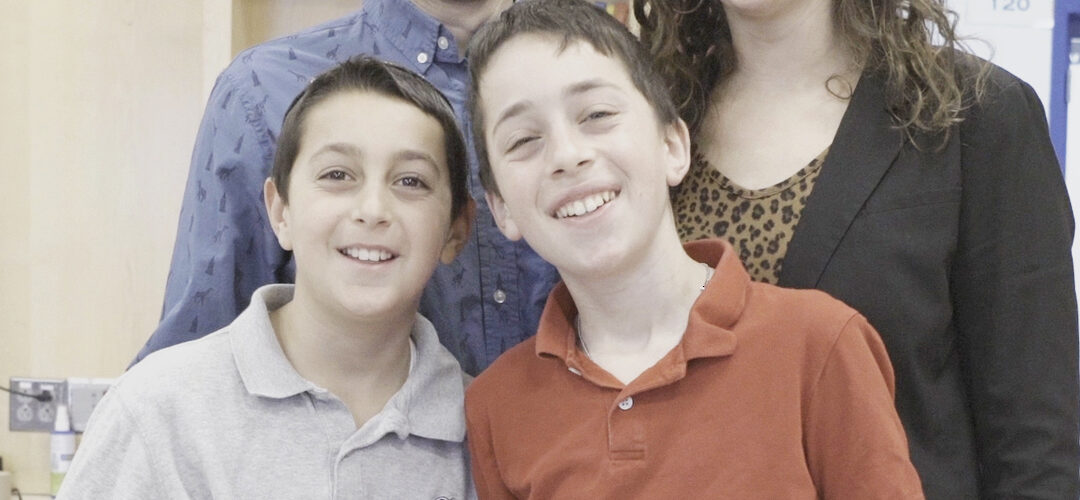


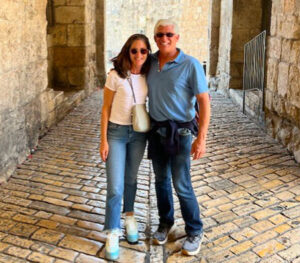
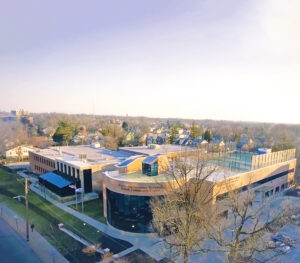
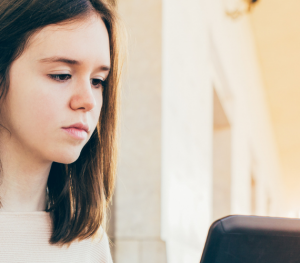
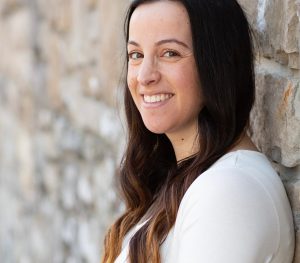
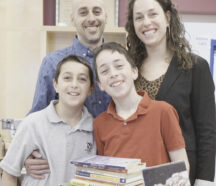

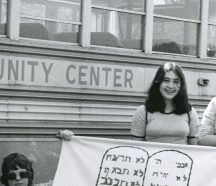
 Please Wait while we loading your video.
Please Wait while we loading your video.